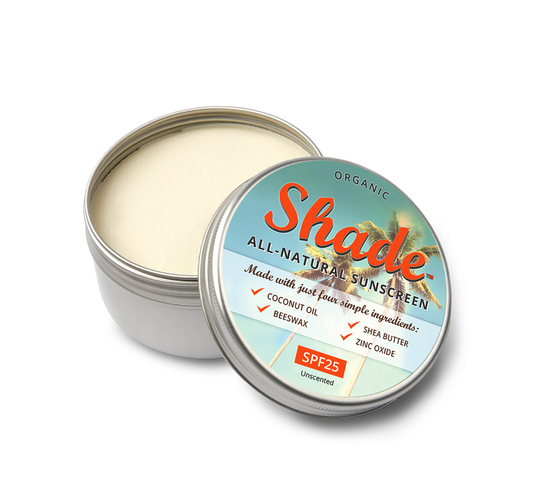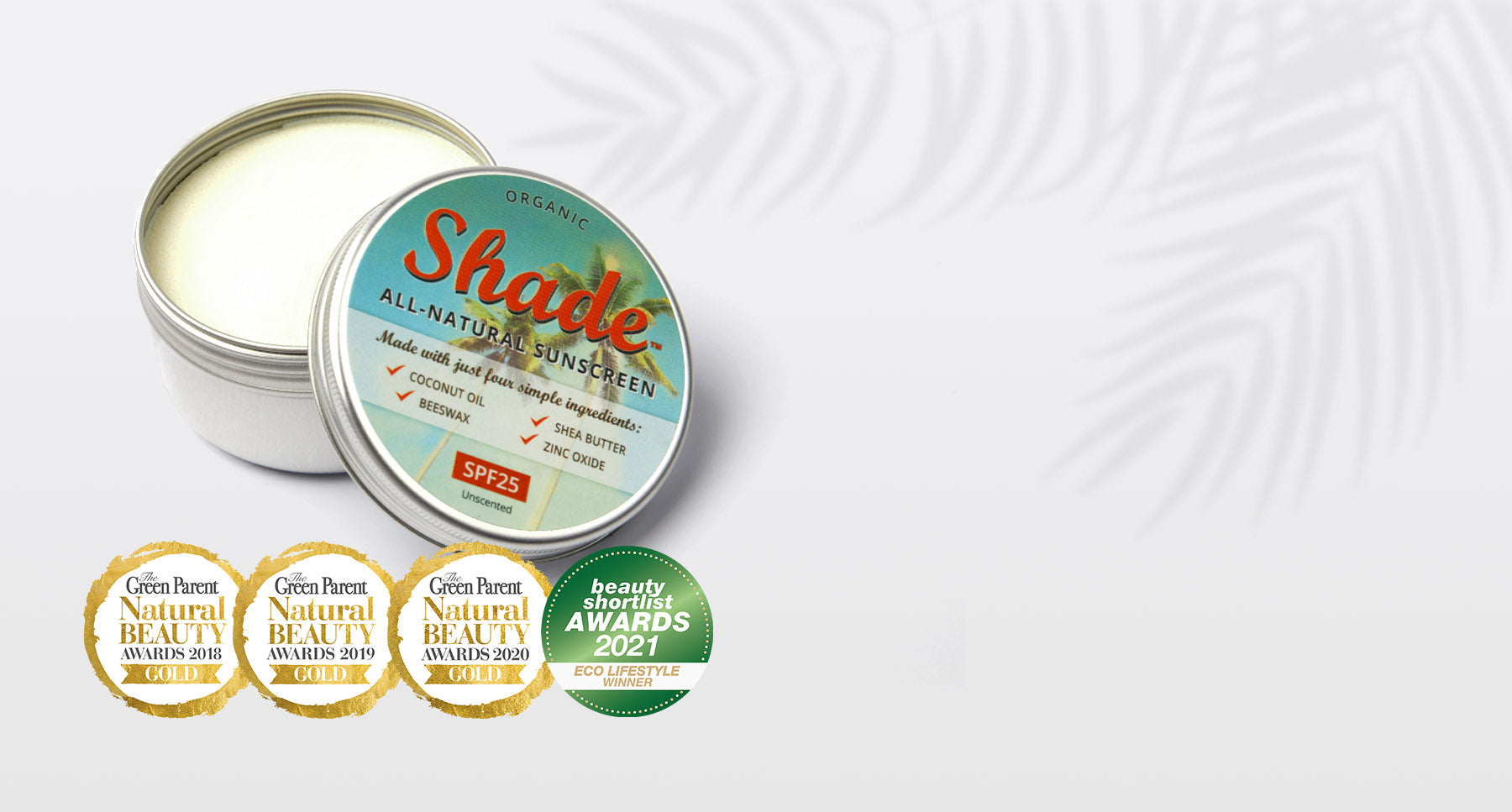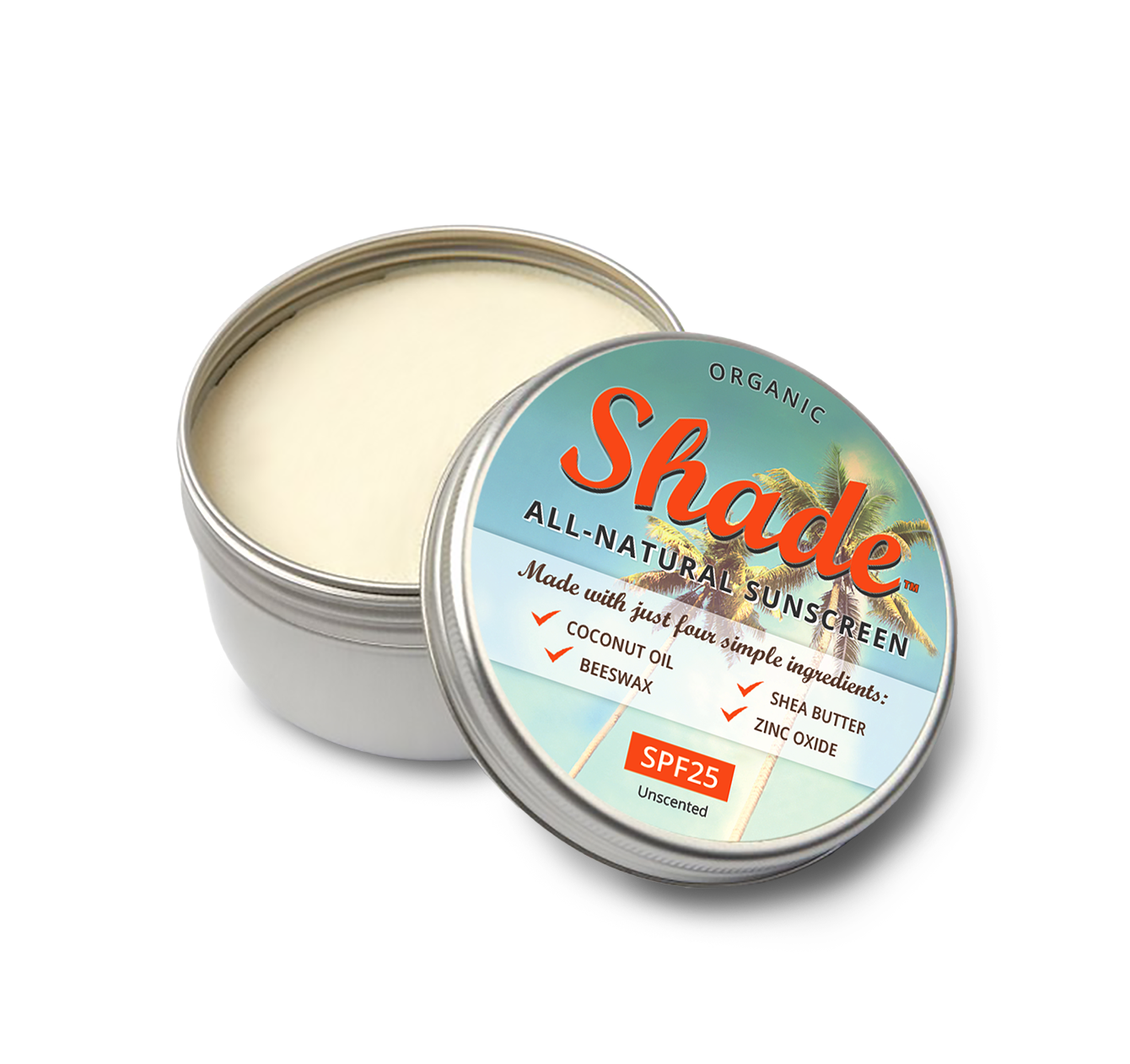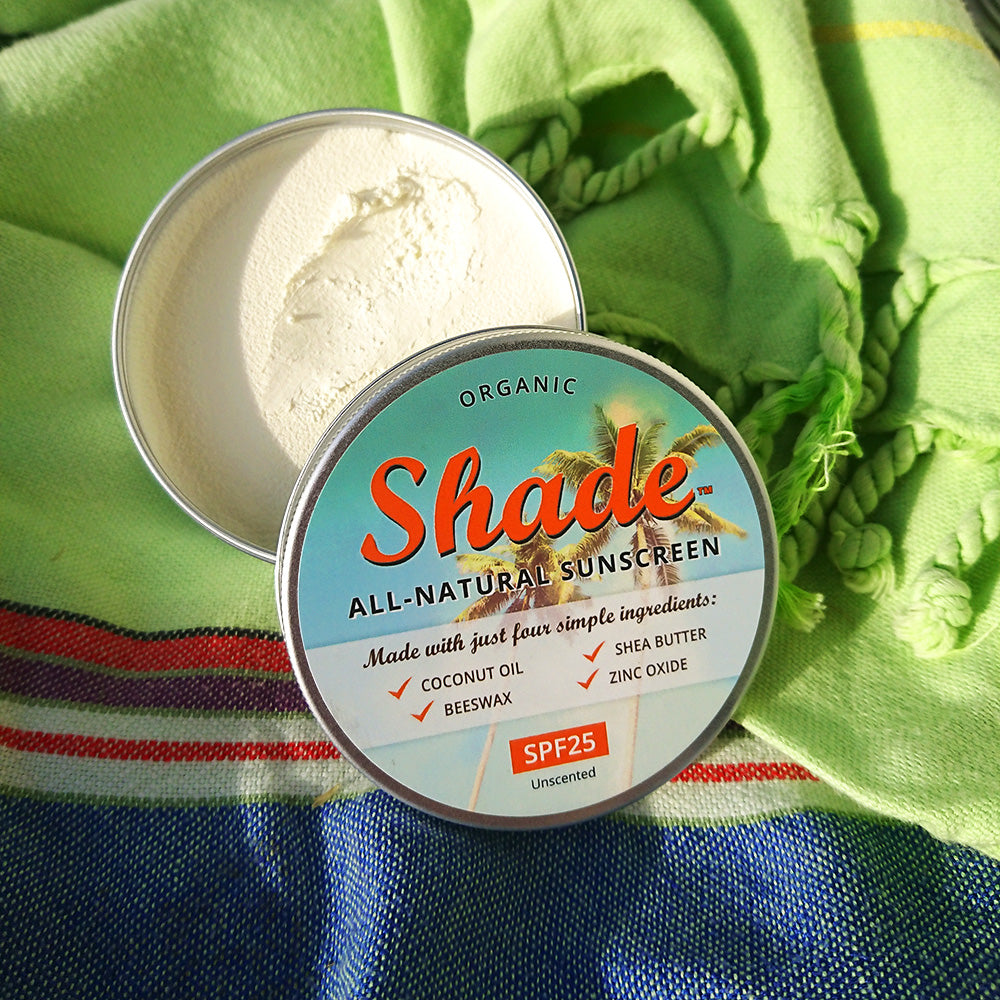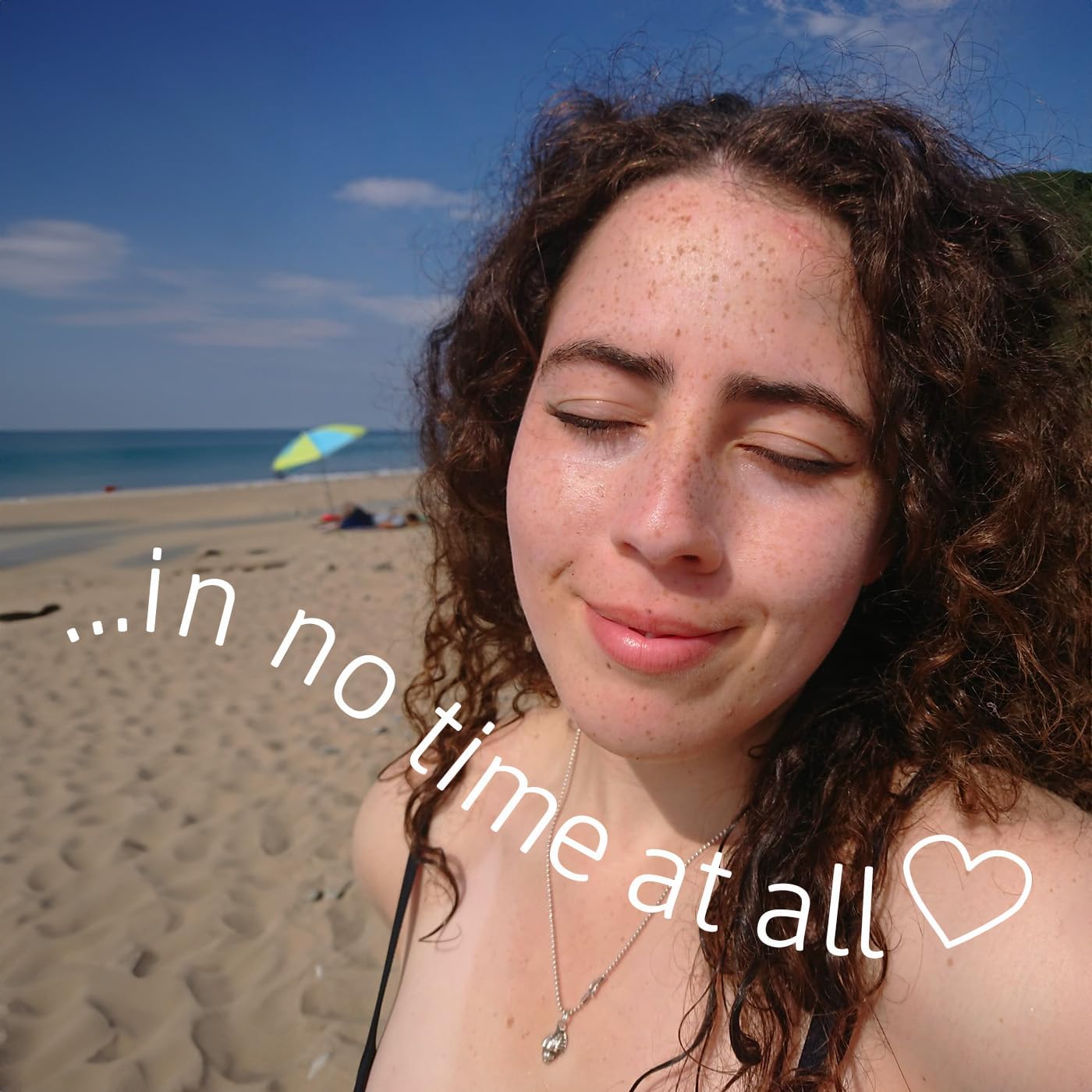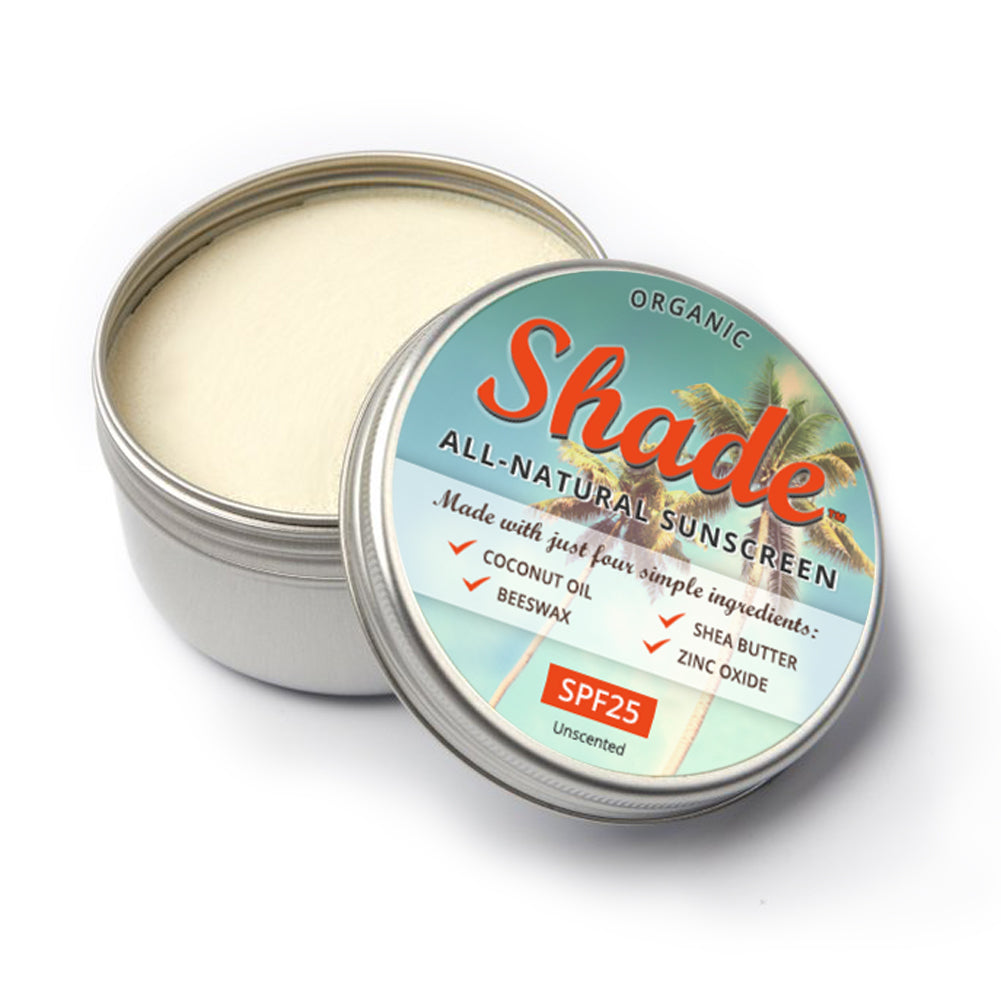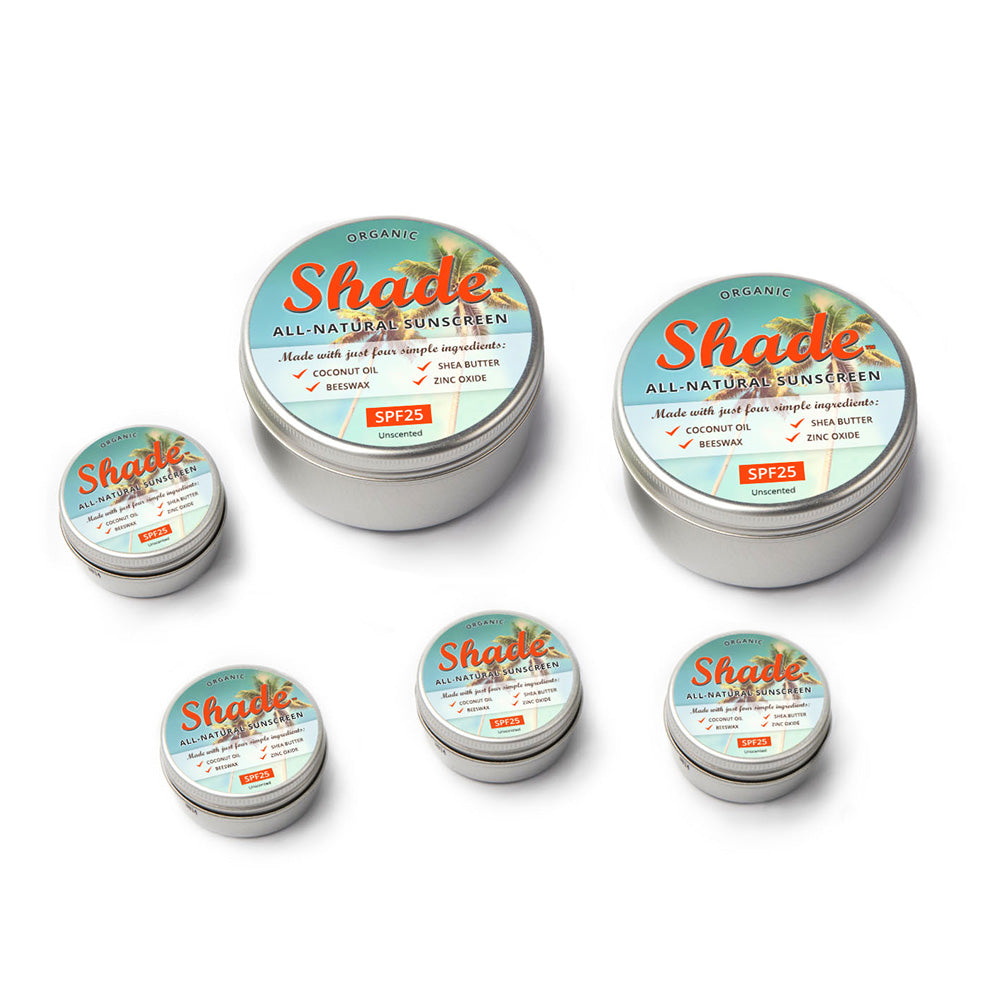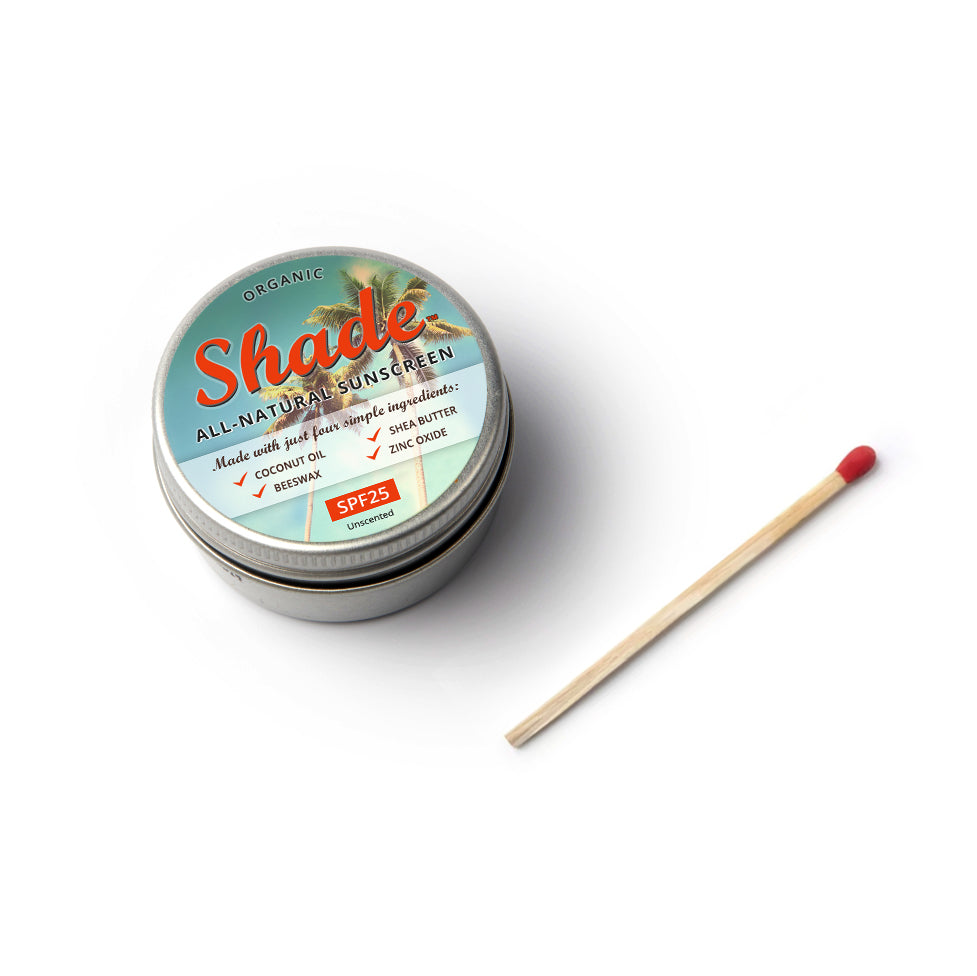ECOtanka FAQs
Benefits of Stainless Steel Drink Bottles
Stainless Steel Water Bottles are Eco-Friendly
Stainless steel is made out of natural elements, and they can be easily recycled into new products when the time comes. Though plastic bottles are often made from recycled materials and can be recycled themselves, both creating and recycling plastic is less friendly to the environment than stainless steel production and recycling.
Stainless Steel Water Bottles are Much More Durable than Plastic
If you've ever used a plastic water bottle, you know how flimsy they can be. Some plastic water bottles are meant for one-time use and crush easily. Others are made to be used multiple times. However, those can melt when washed in the dishwasher. Even if you run over a stainless steel water bottle with your truck, it will survive.
Stainless steel bottles can be used under virtually any condition. Because of their versatility and durability, stainless steel water bottles are the bottles of choice for many athletes and adventurers.
Stainless Steel Water Bottles are Safe
The plastics in recyclable plastic water bottles are thought to be a health risk. Harmful chemicals are emitted from these bottles, and these chemicals might cause cancer. By switching to stainless steel, you can prevent harmful carcinogens from leaching into your drinking water.
How long can ECOtanka thermo bottles keep drink temperature?
ECOtanka double-wall thermo drink bottles can keep cool drinking water for up to 24 hours after filling the bottle from your water cooler and keep hot drinks warm for six + hours. Temperature of a vacuum bottle does vary due to its size and lid type.
Are all the silicone seals or silicone parts safe for food?
All silicone material used in ECOtanka products is imported silicone from Germany. It's the best quality silicone in the world. The Manufacturer has got an SGS testing report of all the materials used.
What does 18/8 in stainless steel stand for?
Stainless steel is an iron-containing alloy made from some of the basic elements found on earth: iron ore, chromium, silicon, nickel, carbon, nitrogen and manganese. The properties of the final metal change depending on varying amounts of these elements. There are over 150 grades of stainless steel, of which 15 are most commonly used.
The stainless steel grade 18/8 stands for the percentages of chromium and nickel in the steel, 18% and 8% respectively. Chromium increases the metal's hardness and nickel gives it strength. Together they also make stainless steel highly resistant to stain or rust.
Stainless steel is easy to clean, durable, inert and sanitary. That's why it's the material of choice among the food, beer and wine industries.
Are ECOtanka bottles suitable for acidic drinks?
Yes. drinks that are acidic in nature or drinks that contain light citric acid are safe to use and will not corrode or damage the stainless steel.
Are ECOtanka bottles safe for babies and kids?
Yes. All the materials used in ECOtanka bottles and lids are food grade quality and are 100% BPA, BPS free, non-toxic and non-leaching. It's safe for milk or milk formula and most other alkaline or citric drinks.
How do I become a retailer?
Contact us with your request.
What' the product warranty?
Please provide clear photos of the problem and take a photo of the bottom laser printing of your product, where shows us the PO tracking number. Then email us at sales@not-the-norm.com and we’ll get back to you.
Where do I buy replacement lids?
Replacement lid can be purchased from us here
How do I clean my ECOtanka bottles?
Please check out our care instructions that come with your bottle (you may find it inside the bottle when you first receive it!
Are all ECOtanka plastic lids BPA free?
All ECOtanka products are BPA & BPS FREE. The plastic type we use is PP#5 which does not contain BP in the raw material in the first place. BAP & BPS is mostly in polycarbonate plastic or painted coatings. To find out more see this Blog post
What About Aluminium?
The simple fact is that aluminium bottles are inferior to stainless for a variety of safety and reliability reasons. First, raw aluminium has been linked through many studies to Alzheimer's Disease, requiring such bottles to use a protective inner coating or lining. Aluminium bottle manufacturers use an oven enamel to coat their bottles to prevent the aluminium from leaching. While these linings appear to be reliable, it's possible the lining will flake off over time...especially if the bottle is dented or exposed to extreme environments. And it's not dish-washer safe.
Are ECOtanka bottles made in China?
Yes.
With very strict supervision from ECOtanka management team, high quality standard, and 100% QC of all products, ECOtanka products are currently made in the world's major stainless steel bottle manufacturing center in Zhejiang, an eastern coastal province of Mainland China.
What makes ECOtanka products more reliable?
Aaron Broderick, the Owner of ECOtanka, purposely went and lived in China for 7 continuous years near the factories in order to manage and control the manufacturing of all ECOtana products.
He's learned all the ins and outs the hard way, and gained a great knowledge of products and manufacturing practices of "Made-in-China". He's been working with factory owners, with workshop managers, with Chinese engineers, with product designers, with QC stuff, with truck drivers, with assembly line workers ... during his time in China, all in the goal to bring out the best quality stainless steel products to you and for the long-term benefit of our Earth.
ECOtanka team has been implementing strict rules and standards to all the supplying factories. Now we have a full-trained team on the ground to do quality assurance in production, 100% quality checking on production line and a final shipping QC inspection before each shipment has been sent out to your retailer.
Why Shade?
Shade™ is a mineral based broad spectrum sunscreen for every body - even those of you who are unable to use any other sunscreens.
There are no toxic chemicals, no unnecessary fragrances, no liquid polymers or microplastics that could damage your health or the environment!
Carefully selected ingredients
We use our favourite sustainable Coconoil™ unrefined virgin organic Coconut Oil which is also Soil Association certified.
Widely acknowledged as offering the safest, broadest-spectrum sun protection possible, we have used a pharmaceutical grade uncoated, non-Nano Zinc Oxide, which also has a cooling, slightly astringent, antiseptic, antibacterial and protective action on the skin, making Shade™ a perfect aftersun also.
We use a pure, sustainably-sourced unrefined beeswax which is completely non-toxic, locks in moisture, has excellent water-repellant properties and naturally nourishes the skin. In cosmetics, beeswax is an anti-inflammatory, antibacterial, anti-allergenic and a germicidal antioxidant making it a perfect sunscreen ingredient.
Product Features
You can also find us at...
Frequently asked questions
1. Who is Shade™ suitable for?
2. How should I apply Shade™?
3. What constitutes 'Apply Generously'?
4. How does Sun Protection Factor (SPF) actually work?
5. Does Shade™ protect against UVA as well as UVB?
6. Does Shade™ leave a white cast on the skin?
7. Why do you only make an SPF25?
8. How can I trust that it's a really effective sunscreen?
9. What tests has Shade™ undergone?
10. Is Shade™ water resistant?
11. Is Shade™ tested on animals?
12. So what's so bad about commercial, chemical-based, sunscreens?
13. Is Shade™ reef safe/marine friendly?
14. What's the shelf life?
15. Why is it packed in a tin and not a bottle or a tube like other sunscreens?
Enoy the sunshine
- Regular price
- €17,95 EUR
- Regular price
-
- Sale price
- €17,95 EUR
- Unit price
- per
Couldn't load pickup availability

Ingredients:
Unrefined Organic Shea Butter*, Virgin Unrefined Organic Coconut Oil*, Non-Nano Zinc Oxide (18%), 100% Pure Unrefined Natural Beeswax
*Certified Soil Association Organic Ingredients
Store above 18 degrees centigrade to keep soft. High wax and oil content will otherwise make the product harder to apply if stored in colder temperatures.
Application:
Apply generously. Works immediately. Reapply regularly at least every 2 - 3 hours or after exposure to water or after sweating.
Please read our blog posts, "A Word of Warning about Natural Sunscreens" and 'The Three Variables of Sun Protection' for further information on how Shade™ works, and how to stay safe in the sun.
 If you are a practitioner, you can now purchase this product through your account with The Natural Dispensary.
If you are a practitioner, you can now purchase this product through your account with The Natural Dispensary.


